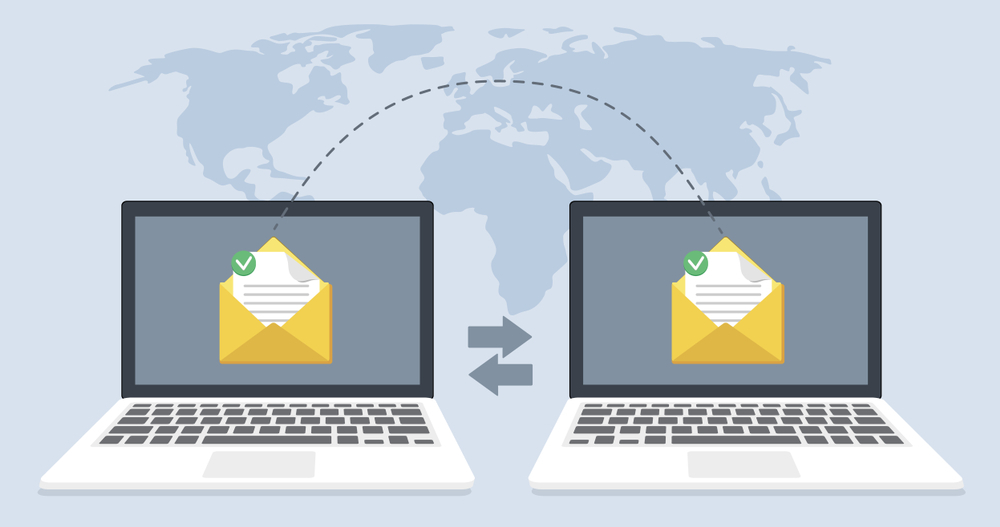Email Migration: How to Prepare Your Team for the Transition
Successfully migrating your email system is not just a technical challenge but also a people-centric one. Preparing your team for the transition is crucial to ensure a smooth and seamless migration process. Here are the steps to effectively prepare your team for an email migration.
1. Communicate Early and Often
Announce the Email Migration
- Initial Announcement: Inform your team about the upcoming migration as early as possible. Explain the reasons behind the migration and the benefits it will bring.
- Regular Updates: Keep everyone updated on the migration timeline, key milestones, and any changes in the schedule.
Address Concerns
- Open Forum: Hold Q&A sessions or town hall meetings to address any concerns or questions from the team.
- Feedback Channels: Provide channels (e.g., email, chat) where employees can submit their concerns and receive timely responses.
2. Develop a Detailed Training Plan
Training Sessions
- Hands-On Training: Organize hands-on training sessions to familiarize users with the new email system.
- Role-Based Training: Tailor training sessions to different user roles (e.g., basic users, power users, administrators).
Training Materials
- User Guides: Provide comprehensive user guides and FAQs.
- Video Tutorials: Create short, easy-to-follow video tutorials covering essential functions of the new system.
Training Schedule
- Pre-Migration Training: Conduct initial training sessions before the migration to prepare users.
- Post-Migration Training: Schedule follow-up sessions after the migration to address any issues and provide additional guidance.
3. Set Up a Support System
Helpdesk and Support Team
- Dedicated Helpdesk: Set up a dedicated helpdesk to handle migration-related queries and issues.
- Support Staff: Ensure you have enough support staff available to assist users during and after the migration.
Documentation and Resources
- Knowledge Base: Create a knowledge base with articles, troubleshooting guides, and best practices.
- Quick Reference Cards: Provide quick reference cards with tips and shortcuts for using the new system.
4. Conduct a Pilot Migration
Select Pilot Users
- Diverse Group: Choose a diverse group of users from different departments to participate in the pilot migration.
- Feedback Collection: Gather detailed feedback from pilot users to identify any issues or areas for improvement.
Address Issues
- Adjustments: Make necessary adjustments based on the feedback before proceeding with the full-scale migration.
- User Readiness: Ensure pilot users are comfortable and confident with the new system.
5. Minimize Disruption
Email Migration Scheduling
- Off-Peak Hours: Schedule the migration during off-peak hours to minimize disruption to daily operations.
- Staggered Rollout: Consider a staggered rollout to different departments to ensure support staff can handle queries efficiently.

Inform Users About Downtime
- Downtime Notification: Inform users well in advance about any expected downtime during the migration.
- Alternative Arrangements: Provide alternatives or workarounds if the email system is expected to be unavailable for an extended period.
6. Monitor and Support Post-Email Migration
Immediate Post-Migration Support
- On-Site Support: Have support staff available on-site immediately after the migration to assist with any issues.
- Hotline: Set up a hotline for urgent queries or problems.
Continuous Monitoring
- System Monitoring: Monitor the new email system closely for any performance issues or glitches.
- User Feedback: Continue to collect user feedback and address any ongoing issues promptly.
7. Foster a Positive Attitude
Highlight Benefits
- Improved Features: Emphasize the improved features and benefits of the new email system.
- Efficiency Gains: Show how the new system will enhance productivity and communication.
Encourage Adoption
- User Champions: Identify and empower user champions who can help advocate for the new system and assist their colleagues.
- Incentives: Consider small incentives or recognition for users who quickly adapt to and help others with the new system.
8. Continuous Improvement
Review and Adapt
- Post-Migration Review: Conduct a post-migration review to assess what went well and what could be improved.
- Iterative Improvements: Make iterative improvements based on user feedback and system performance.
Long-Term Training
- Ongoing Training: Provide ongoing training sessions and resources to help users continue to learn and adapt.
- Regular Updates: Keep users informed about new features, updates, and best practices for the new email system.
Conclusion
Preparing your team for an email migration involves clear communication, comprehensive training, and robust support systems. By engaging your team early, addressing their concerns, and providing the necessary resources and training, you can ensure a smooth transition to the new email system. Fostering a positive attitude towards the change and providing continuous support will help your team adapt quickly and take full advantage of the new system’s capabilities.



